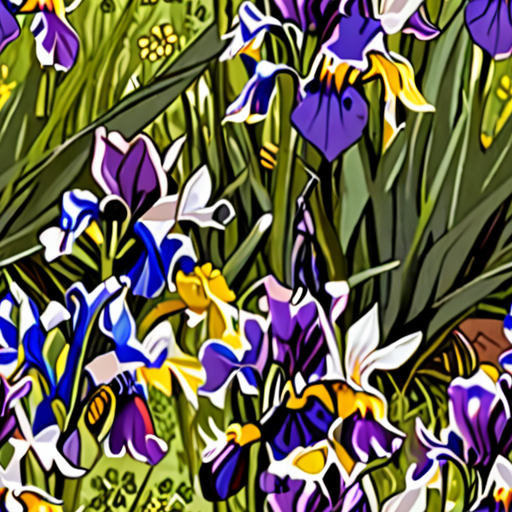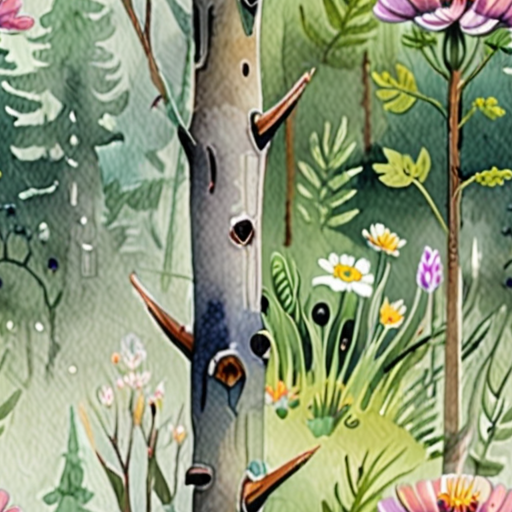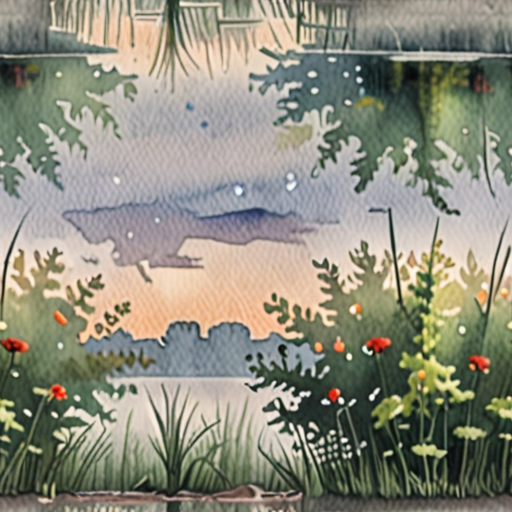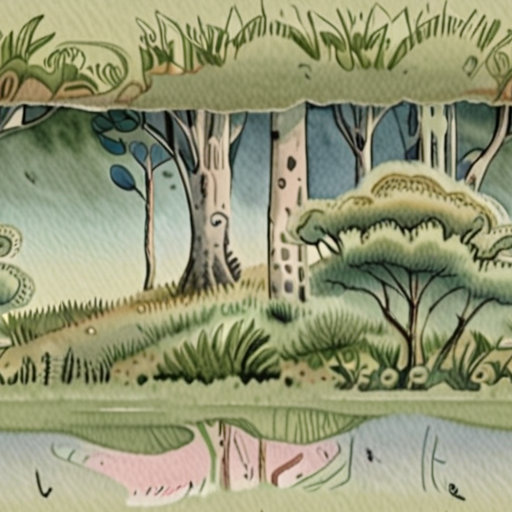Located in the heart of England, South Northants boasts a diverse array of natural landscapes, from rolling hills to tranquil woodlands, providing a unique habitat for an incredible variety of flora and fauna. Spanning across thousands of acres, the region’s numerous nature reserves offer a serene escape from urban life, allowing visitors to connect with nature and appreciate its beauty. With their rich history, fascinating geology, and abundant wildlife, these protected areas are a treasure trove waiting to be discovered.

Who Owns Local Nature Reserves?
Local nature reserves, also known as LNRs, are typically owned by local authorities.
- These authorities often manage the LNRs themselves or pass the responsibility to County Wildlife Trusts.
- LNRs usually offer good public access and facilities, making them popular destinations for outdoor enthusiasts.
As a resident or tourist in South Northamptonshire, I can attest to the importance of these reserves in preserving our natural heritage.
In fact, many LNRs in the area are managed by local councils, which work closely with conservation organizations to protect and enhance the environment.
For example, the South Northants Council has several LNRs under its care, including the popular Grange Park Nature Reserve.
This reserve features a variety of habitats, including woodlands, grasslands, and wetlands, which support a diverse range of wildlife.
Visitors to the reserve can enjoy walking trails, birdwatching, and other outdoor activities, making it a great destination for families and nature lovers alike.
Other local authorities in the region, such as the Northamptonshire County Council, also own and manage numerous LNRs.
These reserves play a crucial role in protecting biodiversity and promoting sustainable land use practices in our community.
By visiting and supporting these LNRs, we can help preserve our natural heritage for future generations.
So next time you’re out and about in South Northamptonshire, be sure to explore one of our local nature reserves and discover the beauty of the great outdoors!
National Nature Reserves in England
National Nature Reserves in England, commonly referred to as NNRs, were established to protect some of our most important habitats, species, and geology.
- Habitats:
- Wetlands
- Woodlands
- Heathlands
- Grasslands
- Species:
- Birds
- Mammals
- Insects
- Plants
- Geology:
- Fossils
- Rocks
- Minerals
These reserves provide outdoor laboratories for research, allowing scientists to study and understand the natural world in greater detail.
As a resident or tourist in South Northamptonshire, I can explore these incredible reserves and learn more about the unique wildlife and ecosystems that call them home.
South Northants Leisure is proud to promote and support the conservation efforts of National Nature Reserves in England, and we encourage everyone to visit and appreciate these amazing places.
For more information on National Nature Reserves in England, please visit the GOV.UK website .
Additionally, you can find out more about the work of the Wildlife Trusts, who manage many of these reserves, on their website .
By supporting and protecting these incredible reserves, we can help preserve the natural beauty and diversity of our planet for future generations.

Difference Between Nature Reserves and National Parks
Nature reserves and national parks are two types of protected areas that conserve and preserve the natural environment, but they differ in their primary objectives, management approaches, and levels of protection.
-
Primary Objectives:
- Nature reserves are primarily established to protect and conserve specific species, habitats, or ecosystems, often focusing on endangered or threatened species.
- National parks, on the other hand, aim to preserve the natural beauty and diversity of landscapes, including geological features, water bodies, and wildlife populations.
-
Management Approaches:
- Nature reserves typically have strict regulations and limited human access to minimize disturbance to the protected area and its inhabitants.
- National parks usually allow controlled human access, offering recreational activities like hiking, camping, and tourism, while still maintaining conservation efforts.
-
Levels of Protection:
- Nature reserves often have stricter protection measures, including restricted access, monitoring, and enforcement to safeguard the protected species or ecosystem.
- National parks may have varying levels of protection depending on the specific park and its management plan, but generally offer a balance between conservation and public enjoyment.
In summary, nature reserves focus on protecting specific species or ecosystems, whereas national parks aim to preserve the overall natural beauty and diversity of a region. While both types of protected areas play crucial roles in conserving our planet’s biodiversity, understanding their differences helps us appreciate and manage these unique environments effectively.

Who Owns National Nature Reserves?
National Nature Reserves (NNRs) are protected areas that showcase England’s diverse wildlife and geology.
- There are currently 221 NNRs in England, covering approximately 105,000 hectares of land.
- Natural England manages 135 of these reserves on its own or jointly with other organizations.
- The remaining NNRs are managed by Approved Bodies, which are organizations that have been approved by Natural England to manage these protected areas.
These Approved Bodies work closely with Natural England to ensure that the NNRs are managed effectively and that their conservation values are maintained.
Approved Bodies Managing NNRs
- Countryside Council for Wales (CCW)
- Scottish Natural Heritage (SNH)
- Natural Resources Wales (NRW)
These organizations play a crucial role in protecting and conserving the natural heritage of England, and their efforts contribute significantly to the management of NNRs.
Importance of NNRs
National Nature Reserves are essential for preserving England’s biodiversity and ecosystem services.
- They provide habitats for rare and endangered species.
- They support ecosystem processes such as nutrient cycling and water filtration.
- They offer opportunities for recreation and education, promoting public awareness and appreciation of nature.
In summary, the ownership of National Nature Reserves is shared between Natural England and Approved Bodies, working together to protect and conserve England’s natural heritage.
About Scotland’s National Nature Reserves
Scotland’s National Nature Reserves (NNRs) are areas of land set aside for nature conservation.
- To conserve their important habitats and species
- To give people the opportunity to enjoy and connect with nature
Main Aims of Managing NNRs
The main aims of managing NNRs are multifaceted:
- To protect and preserve the unique biodiversity found within these reserves
- To promote sustainable tourism and recreation, allowing visitors to appreciate the natural beauty of Scotland while minimizing their impact on the environment
- To support scientific research and monitoring, helping us better understand the complex relationships between species and their ecosystems
- To engage local communities in conservation efforts, fostering a sense of ownership and responsibility for the preservation of Scotland’s natural heritage
Conservation Efforts
Conservation efforts at NNRs involve a range of activities, including:
- Habitat restoration and management
- Species reintroduction programs
- Research and monitoring
- Community engagement and education
Visitor Experience
Visitors to NNRs can expect a range of experiences, including:
- Hiking and walking trails
- Wildlife watching and bird spotting
- Camping and glamping facilities
- Guided tours and educational programs
Competitors and Alternatives
While there are several other national parks and nature reserves in Scotland, NNRs offer a unique blend of conservation, recreation, and community engagement.
Some notable alternatives include:
- The Cairngorms National Park
- The Loch Lomond and The Trossachs National Park
- The Scottish Wildlife Trust’s nature reserves
Getting Involved
If you’re interested in getting involved with NNRs, there are many ways to do so:
- Volunteer with a local conservation group
- Join a guided tour or educational program
- Support conservation efforts through donations or membership

How Many Nature Reserves Are There?
As we explore the beautiful landscapes and diverse wildlife of our area, it’s essential to understand the number of nature reserves available for us to enjoy.
- We have a total of 221 National Nature Reserves in England, which was established since the first six in 1952.
- The National Trust manages over 500 nature reserves across the UK, covering a vast array of habitats and ecosystems.
- In addition to these, there are numerous local nature reserves and wildlife trusts that work tirelessly to protect and conserve our natural heritage.
These nature reserves play a crucial role in preserving biodiversity, supporting conservation efforts, and promoting sustainable land management practices.
National Nature Reserves in Our Area
South Northants Leisure is proud to support the conservation of our local environment, and we encourage visitors to explore our nearby nature reserves.
- The Grange Estate Nature Reserve is a hidden gem, featuring a mix of woodland, grassland, and wetland habitats.
- The Blakesley Hall Nature Reserve is home to a variety of bird species, including the rare and endangered nightjar.
- The Silverstone Nature Reserve is a haven for wildlife enthusiasts, with its unique blend of heathland, woodland, and grassland habitats.
Conclusion
In conclusion, there are numerous nature reserves in our area, each offering a unique opportunity to connect with nature and appreciate the beauty of our surroundings.
By visiting these reserves, we can contribute to conservation efforts, learn about the importance of biodiversity, and develop a deeper appreciation for the natural world.

0 Comments